By Alessandra Ressa
The doors of the historical public bathhouse in via Veronese 6, the last surviving in Trieste, may never reopen.
Contrary to other cultures, where the use of public baths is both practical and an opportunity for socialization (as in the Northern Europe, Russia and Japan), in Italy, where public baths became very popular at the end of the 1800s, in the past five or six decades they have lost their attractiveness.
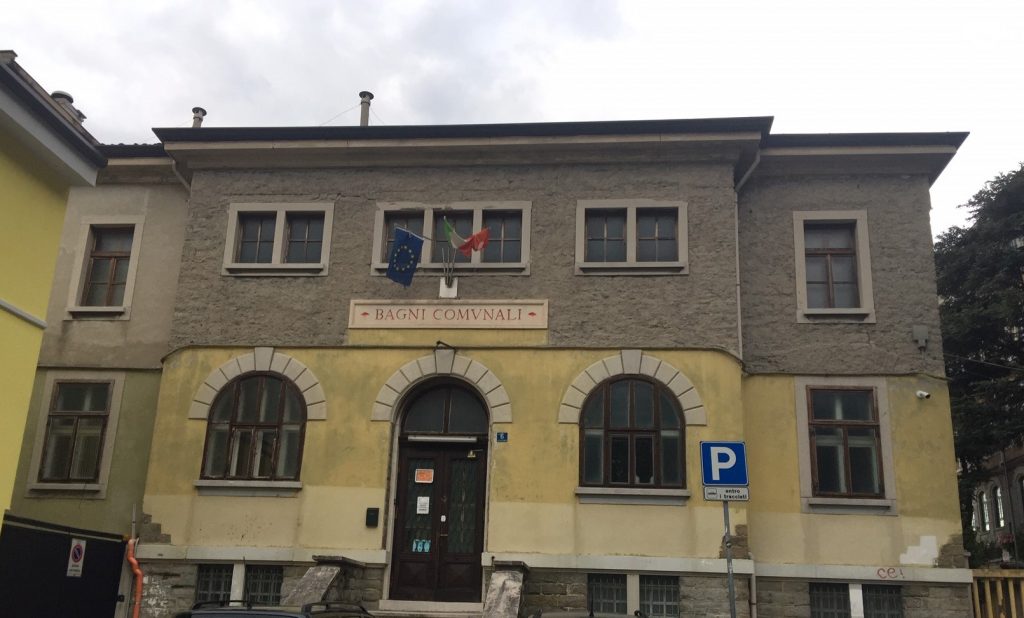
Even though many of them, like the one in via Veronese, offered lavatories, showers and a perfectly functioning spa, they were originally created for the poor. After World War II, as Italy started prospering during the 1960s, fewer and fewer people wanted to be associated with poverty.
Following the closure of the bathhouse in via Manzoni about 15 years ago, only the municipal public bath in via Veronese remains open, strategically located in the working-class, lively quarter of San Giacomo.
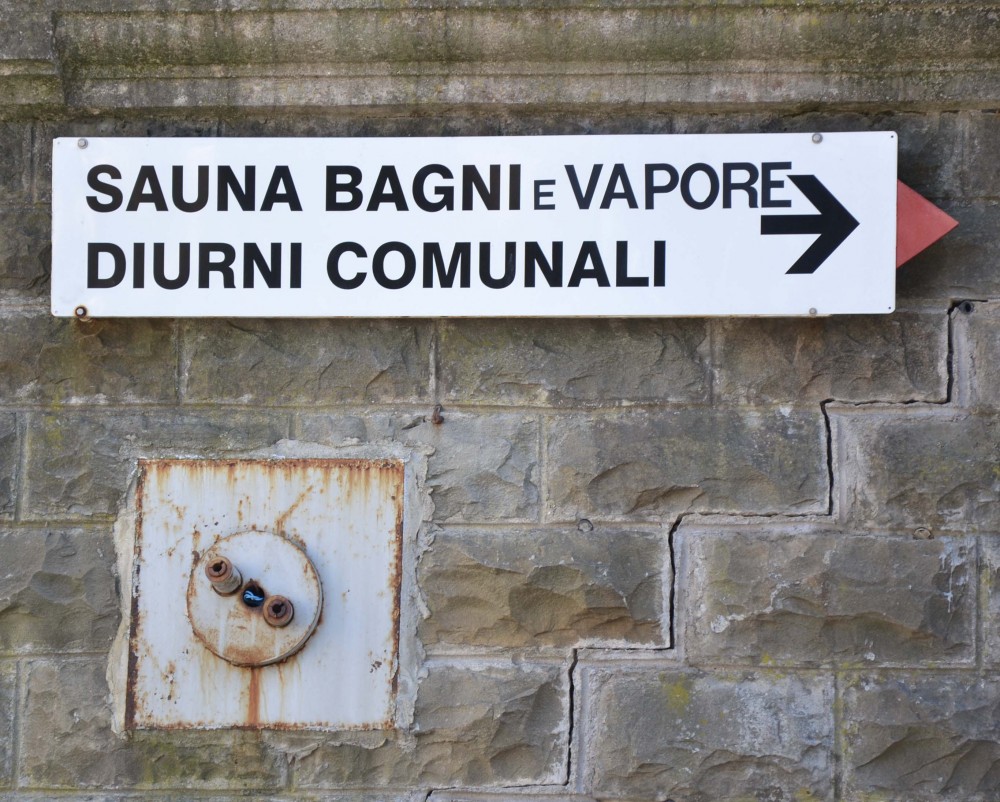
Although for the past five years it has no longer been possible to enjoy the spa (sauna and Turkish bath needed urgent renovation and restyling and public funds were not available), the showers were still in use until last February, when Covid19 pandemic broke out and the municipality closed it indefinitely. If you call the bath today, a recorded message explains that the shower service has been suspended until further notice. In municipal offices no one knows if or when it will reopen.
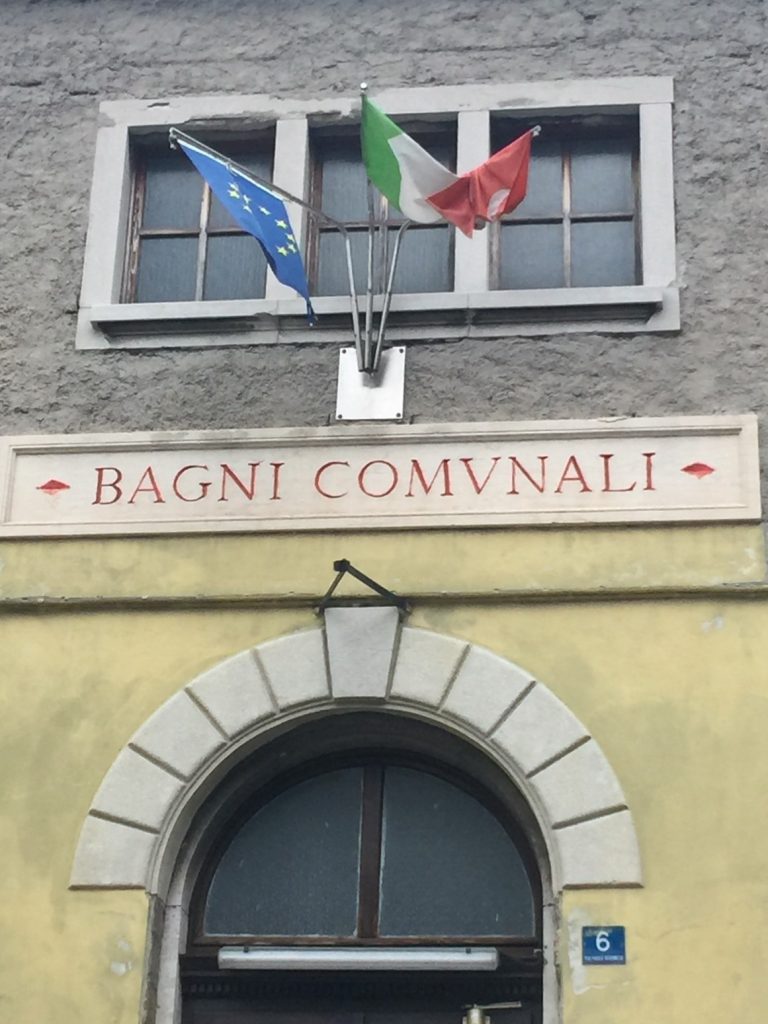
Until last February, customers were mostly retired people who sought a safer environment for their personal hygiene (i.e. access for the disabled), or simply to save some money on the gas bill. In total, approximately 30 people used Trieste public baths daily. Showers were open three days a week on separate days (Mondays, Wednesdays and Fridays for women, Thursdays, Saturdays and Sundays for men – an outdated heritage of when women did not work…). In November 2019 opening hours were reduced.
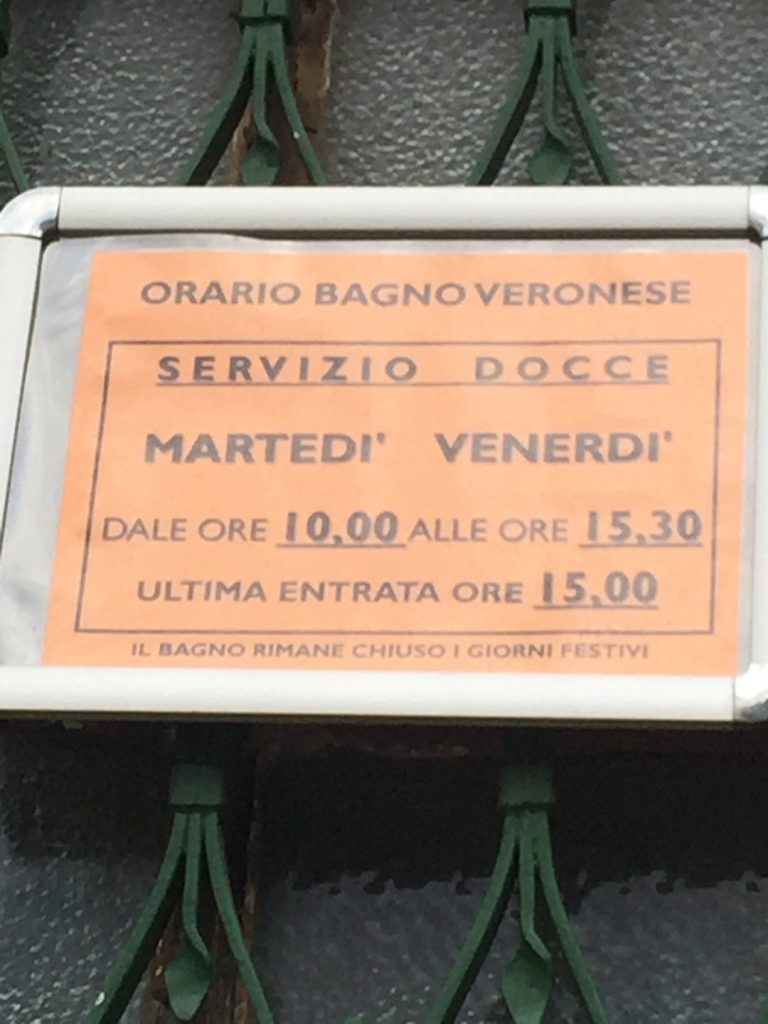
Users had become so few, while the cost of maintenance so high, that Trieste’s municipality had considered last summer (and not for the first time) to pass it, at least partially, into private hands. Potential new management would have the task to renovate, modernize it and add new services out of their own pockets, while still ensuring access to the less fortunate, that is guaranteeing very popular prices.
Not surprisingly, no one came forward. Meanwhile Covid19 pandemic broke out, and what was supposed to be a temporary closure risks now to become permanent for lack of funds. It sadly reminds us of the unfortunate four-year stop of Trieste’s iconic tram. It seems like once things stop working they can never get back again.
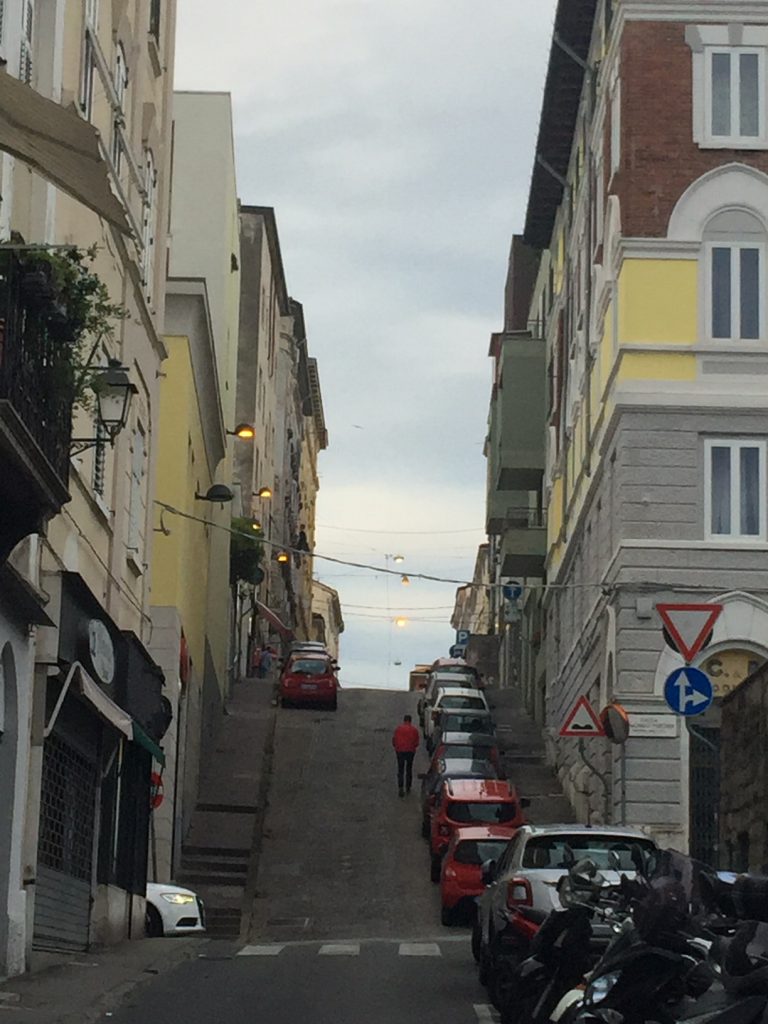
Currently you can only enjoy the external architecture of the building and imagine what it was like in the 1920s and 1930s at the peak of its popularity, with towers of steam coming out of the chimneys and the chattering of women with bob haircuts in the sauna.
Should it re-open, do not miss the opportunity to peek inside, maybe take a quick shower (1 euro) and take a look around. Surely you will appreciate the vintage and austere atmosphere. There are no luxuries and decorations, but it is spotless clean with that somewhat disquieting style of old (mental?) hospitals.
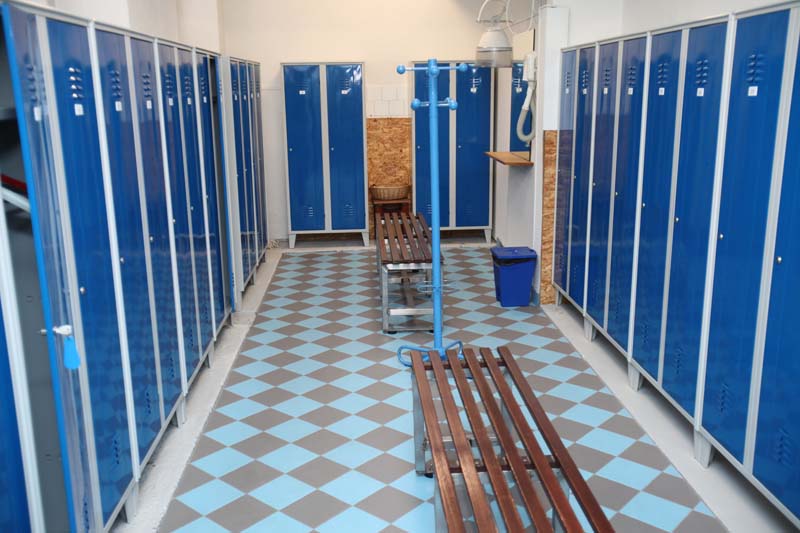
But what is the story behind it?
Municipal public baths in Trieste started being popular at the end of the 1800s. The purpose was to create an alternative to private beach resorts, in order to guarantee free or very affordable access and use of areas for personal hygiene to the less fortunate.
The first public bath in Trieste opened in Via Manzoni in 1898. In via Veronese, a new, bigger bath opened its doors to eager Triestini in April 1915. By June 1915, only two months after the opening, thousands of people had entered its doors. A newspaper published in Italian and German, L’Osservatore Triestino, gives out some numbers: during the month of May over 8,300 people took hot baths in via Manzoni while over 5,000 people enjoyed the same service in via Veronese.
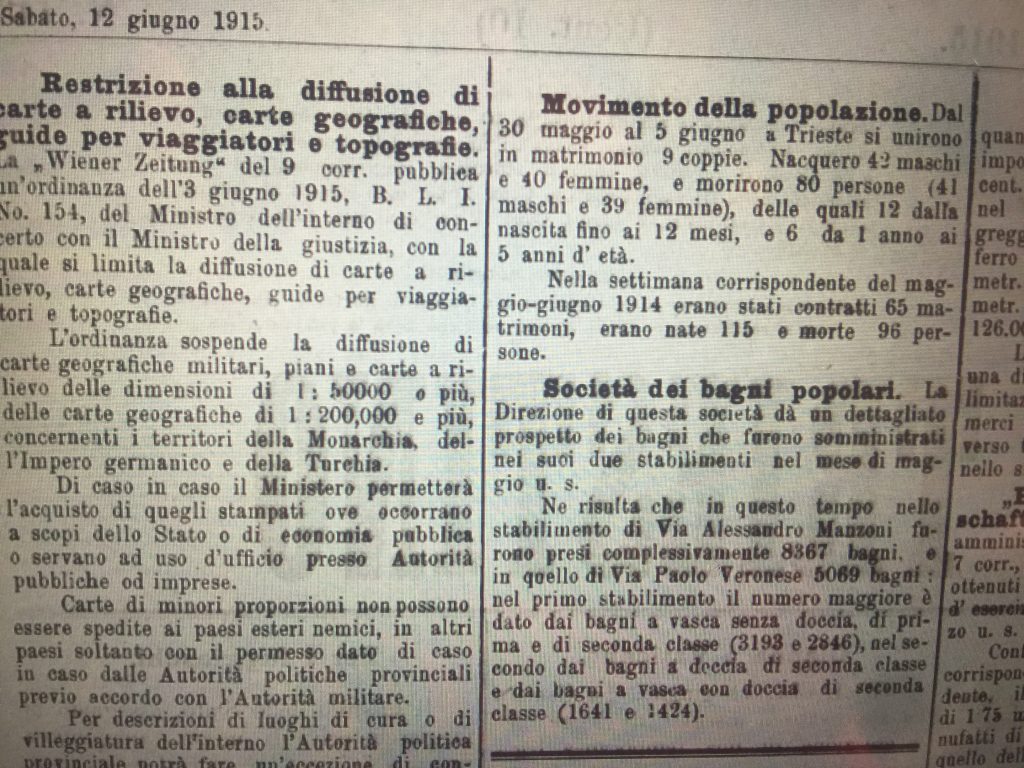
Notwithstanding numbers, the first few years of activity in via Veronese, which coincided with the outbreak of World War I, were not easy, lack of water causing frequent closures. In 1922 the bath became municipal property (you can still read the original sign with prices in lire, the Italian old currency, for showers, restbeds and towels). Between 1925 and 1926 over 104,000 people used San Giacomo’s public baths. It was then like an affordable spa for all. The temperature of heating, water and steam-baths were managed with large quantities of coal, a commodity that became more and more expensive in the years that followed.
Should the public bath in via Veronese not resume its activity, it will be another loss for Trieste. Yet another fading memory of unique traditions that once made this beautiful Central European town the “crossroads between East and West”.







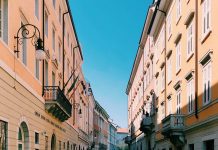

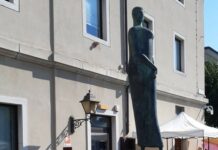

















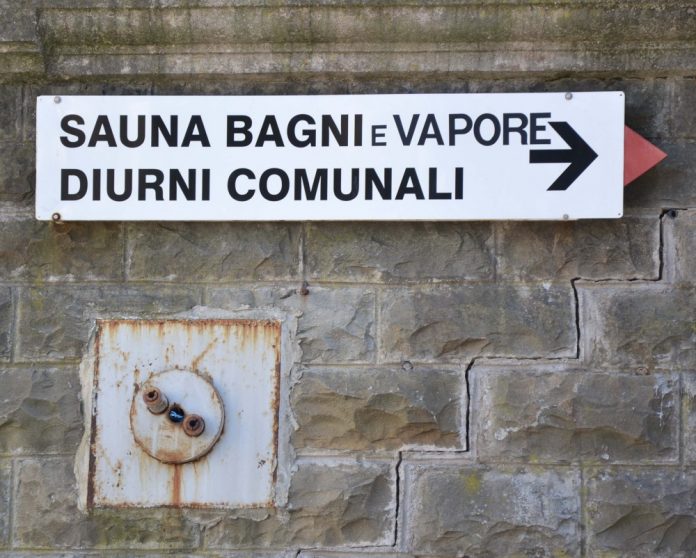




Indeed another sad loss for Trieste…. I wonder what the latest is on the Opicina Tram? A possible next project by InTrieste.com’s investigative reporters? Looks like the Marine crane “Ursus” is heading for similar, having been towed away (last year?) for refit/refurbishment. Can still be seen in the repair yard…. Looking lonely.